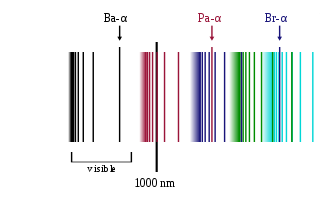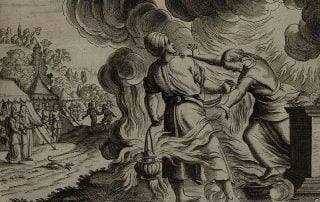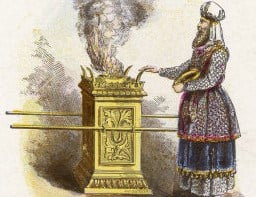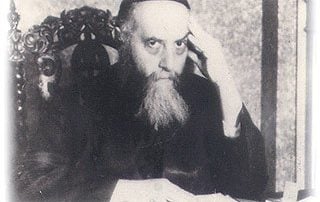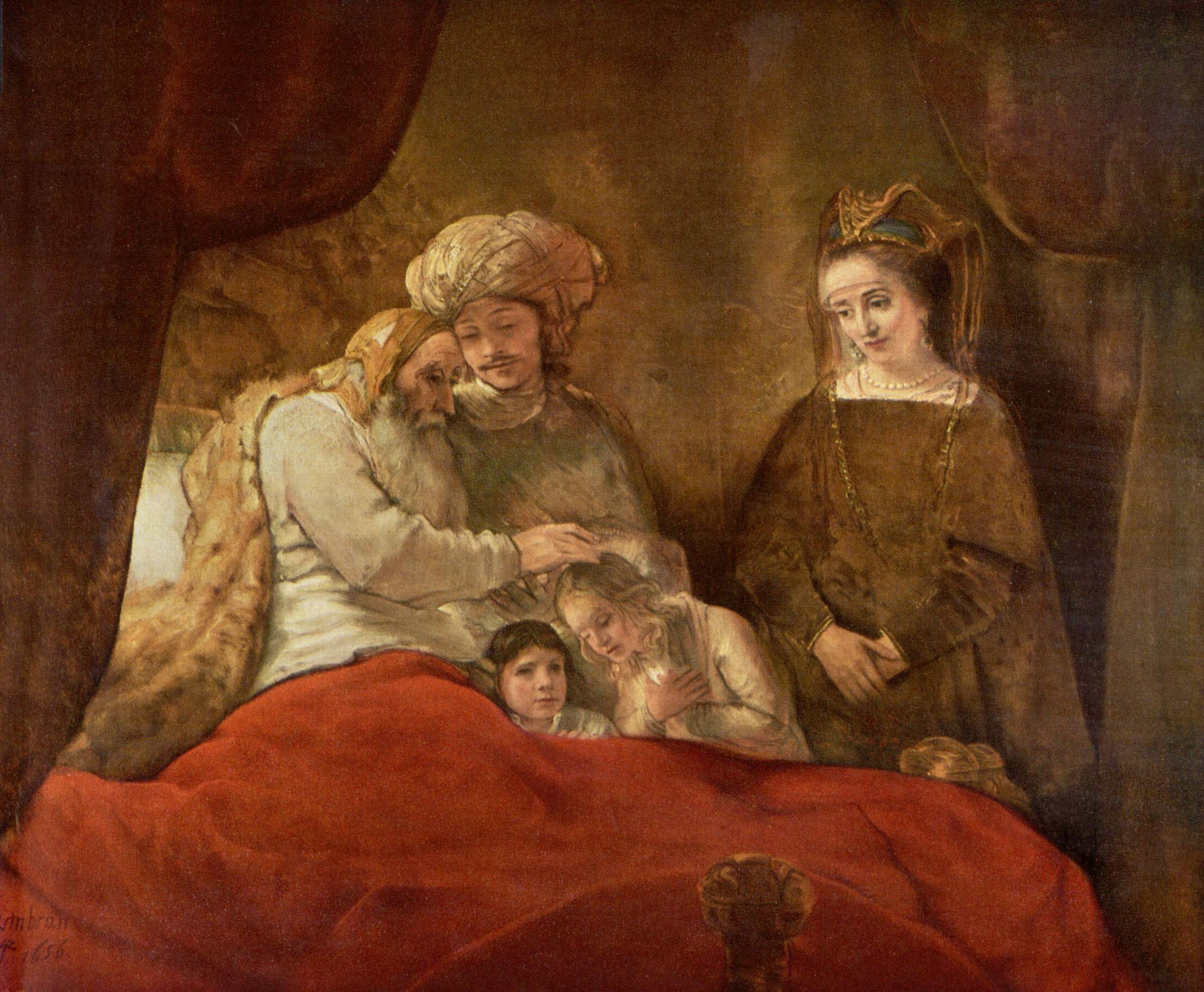The Pilot Wave
And on the day that the tabernacle was reared up, the cloud covered the tabernacle, even the tent of the testimony; and at even there was upon the tabernacle as it were the appearance of fire, until morning. So it was always: the cloud covered it, and the appearance of fire by night. And whenever the cloud was taken up from over the Tent, then after that the children of Israel journeyed; and in the place where the cloud abode, there the children of Israel encamped. At the commandment of the Lord the children of Israel journeyed, and at the commandment of the Lord they encamped: as long as the cloud abode upon the tabernacle they remained encamped. And when the cloud tarried upon the tabernacle many days, then the children of Israel [...]




